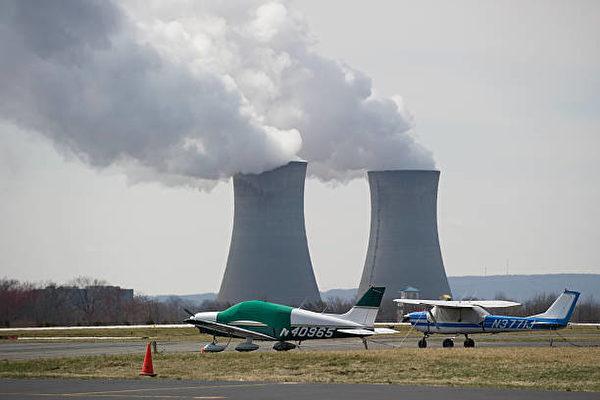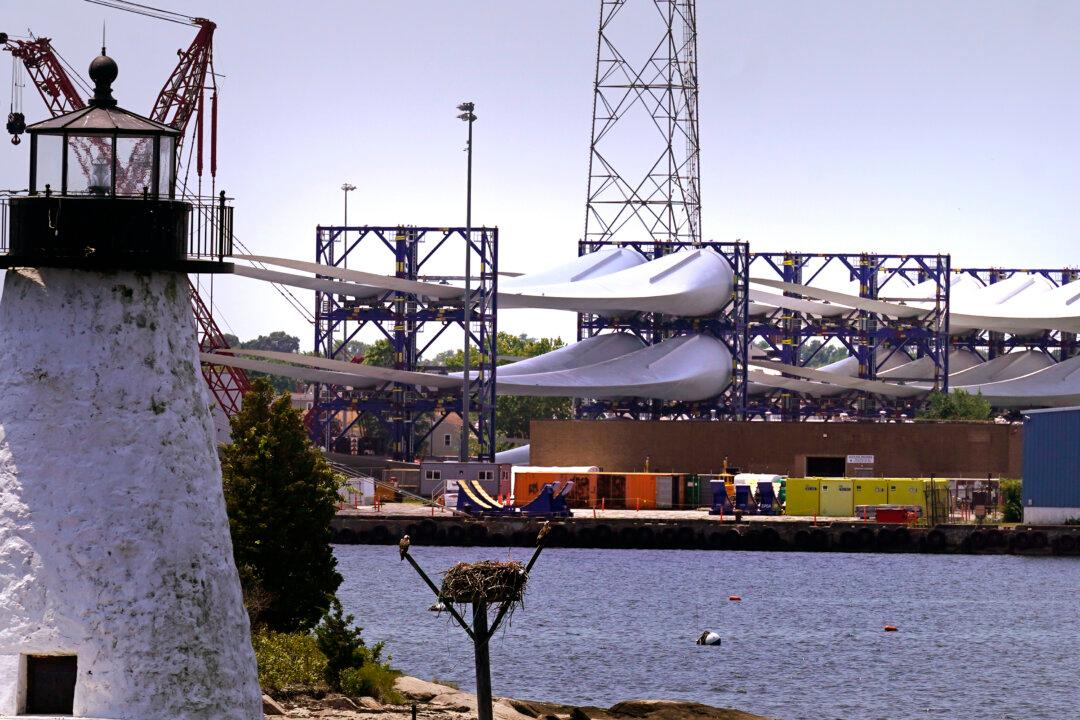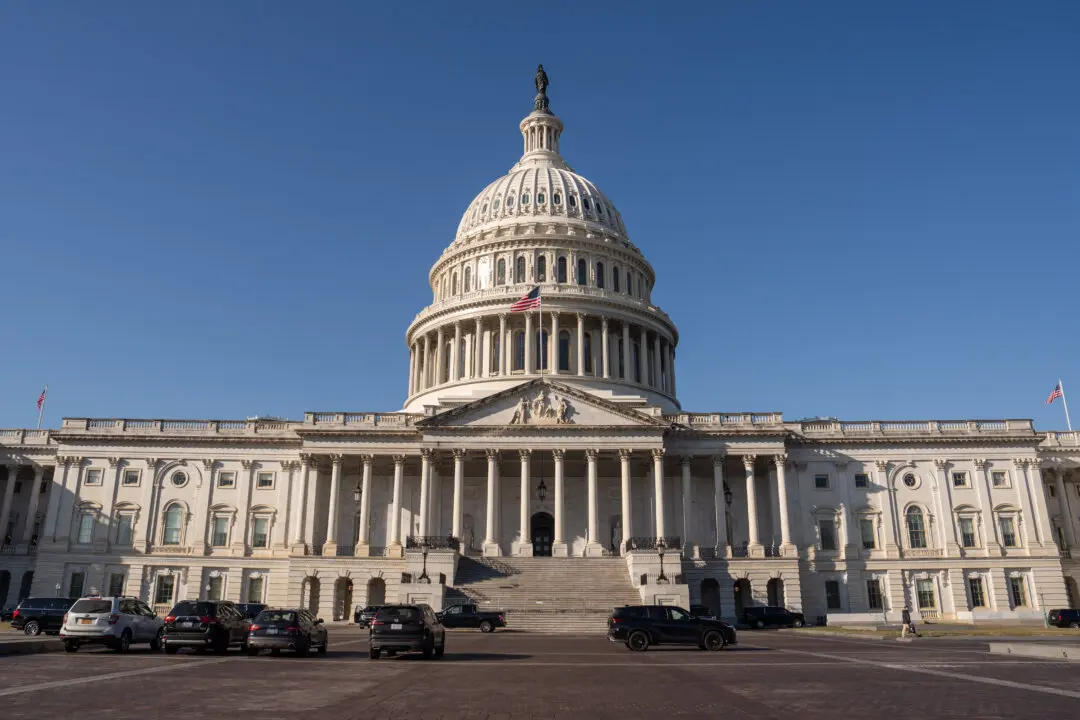President Joe Biden is steering U.S. Department of Energy (DOE) investments and inducements into “green energies” to meet his goals of a 100-percent “clean electricity grid” by 2035 and net-zero carbon emissions by 2050.
Much of the DOE’s $52 billion Fiscal Year 2024 (FY24) budget request implements or enhances carbon-free energy development funded through programs established in 2021’s Bipartisan Infrastructure Law (BIL) and 2022’s $437 billion Inflation Reduction Act (IRA).





